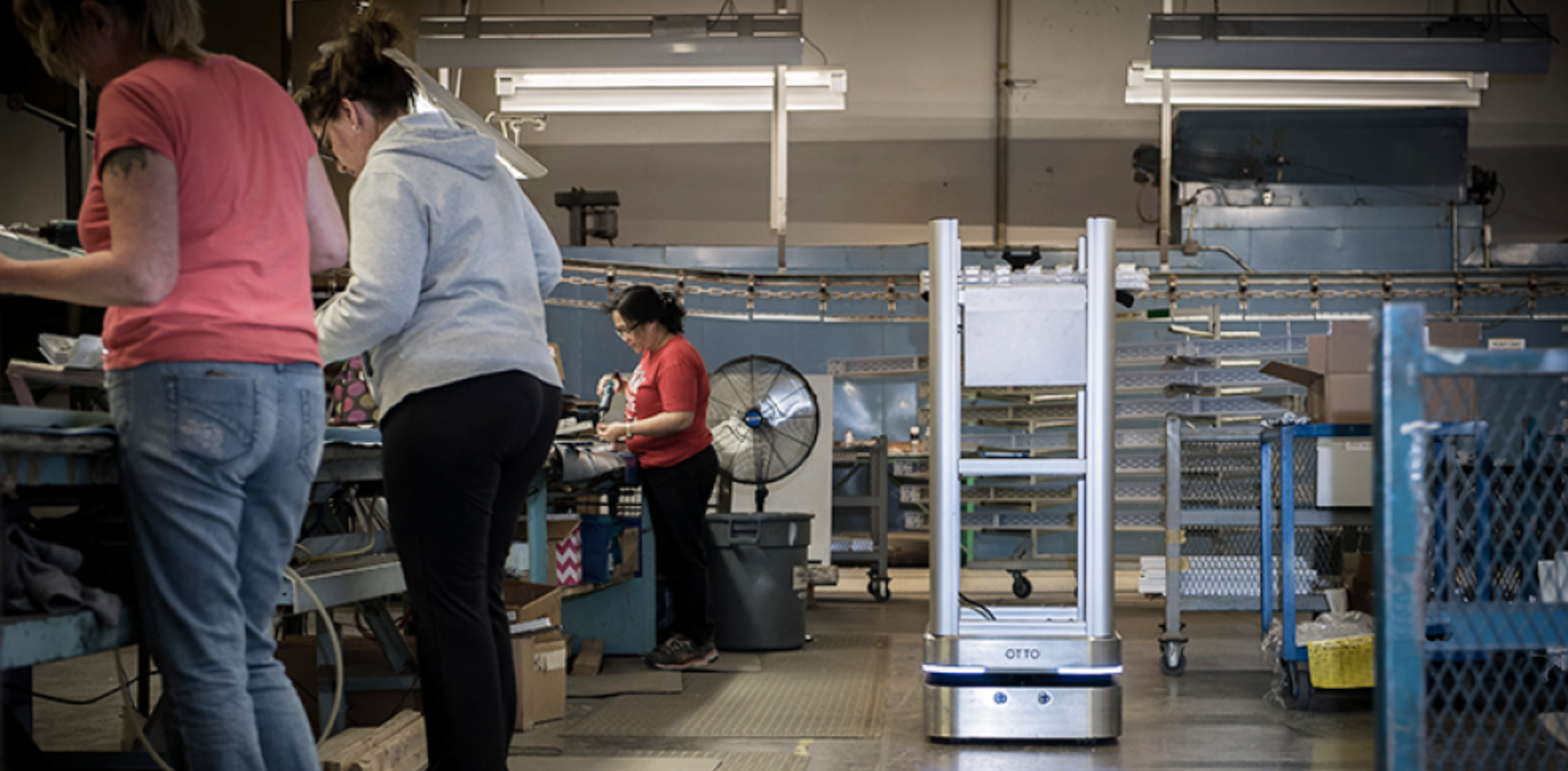Blog
Manufacturing work cell design: How to optimize layout and minimize transit time

You may have found success with integrating cellular manufacturing into your operation as it brings equipment, people and process into a single location for higher productivity. But you are most likely continuing to see signs of inefficiency, some may be measurable while others may simply be a gut feeling. If you’ve established cellular manufacturing as your core process, further design work can be incorporated to ensure work cells are operating lean, efficiently and above all, profitably. Here are the three rules of optimization* when it comes to your work cells:
Cell design rule 1: Simplify workflow
Work should move freely from one workstation to the next, within the cell, and from one cell to the next. Cells should be stationed in a linear order for a logical and consecutive flow and operators should be able to move quickly and easily between machines when necessary.
Cell design rule 2: Minimize transit time
Minimizing transit time is essential for improved productivity - it’s the most important in this set of rules. It’s crucial to understand that there are cycle times for a finished product and there are individual cycle times for each operation. As such, your cycle times relate to your transit times from one workstation to the next, and from one cell to the next.
Cell design rule 3: Functionality
Functionality goes hand in hand with having a simplified workflow. Operators shouldn’t be inhibited by tight corners; rather, allow some free space and ensure they have enough area to move around. Whether using personnel or automated material transport to move goods, space should be kept free between workstations to allow easy maneuvering and efficient transport through the space. See how OTTO reduced GE Healthcare's floorspace by 66%!
Why is minimizing transit time so important in manufacturing work cell design?
It’s not uncommon to see operators manually moving parts from one location within the shop floor to the other side of the warehouse. By doing so, operators are moving away from their station which can take anywhere from 40 seconds to several minutes. Doing small batches then moving materials every once and awhile doesn’t seem like a big deal, but over an entire shift, this can lead to significant impact. In fact, here’s a post on how manual material transport could cost you $1M/year.
Minimize transit time with Industry 4.0 technology

The most common work cell layouts for optimized design are: U, T, S, Z.
All four of these work cell design layouts allow a streamlined workflow process from one cell to the next. S and Z layouts are often used if and when obstructions like CNC machines or pillars are in the way; they allow you to work around these types of obstructions.
In most environments, one of these four layouts would align with both the process and the space available on the shop floor. The layouts minimize transit time between cells because the stations are positioned close together, and in a linear order.
So, if the cells are in working order, and located close to one and other, what more can you do to further minimize the transit time between stations? One option is to continue using people to carry parts through, but this is untrackable and not productive. You need a technological solution that offers the flexibility and reliability of people.
Half a decade ago, there wasn’t a solution that would be able to meet these demands. However, industry 4.0 technologies have emerged, utilizing the industrial internet of things (IoT), big data and artificial intelligence to offer up new capabilities for the shop floor. Autonomous Mobile Robots are a solution, for example, that provide the flexibility of a person, efficiency of a conveyor and safety of an automated guided vehicle (AGV). The come in multiple sizes to fit down standard factory aisle ways or manned pathways, are built to withstand the rigors of industrial wear and tear, and don’t require any infrastructure to move - they can navigate through environments freely. If the layout changes, which is more common than not for some, autonomous mobile robots can easily adapt in moments.







